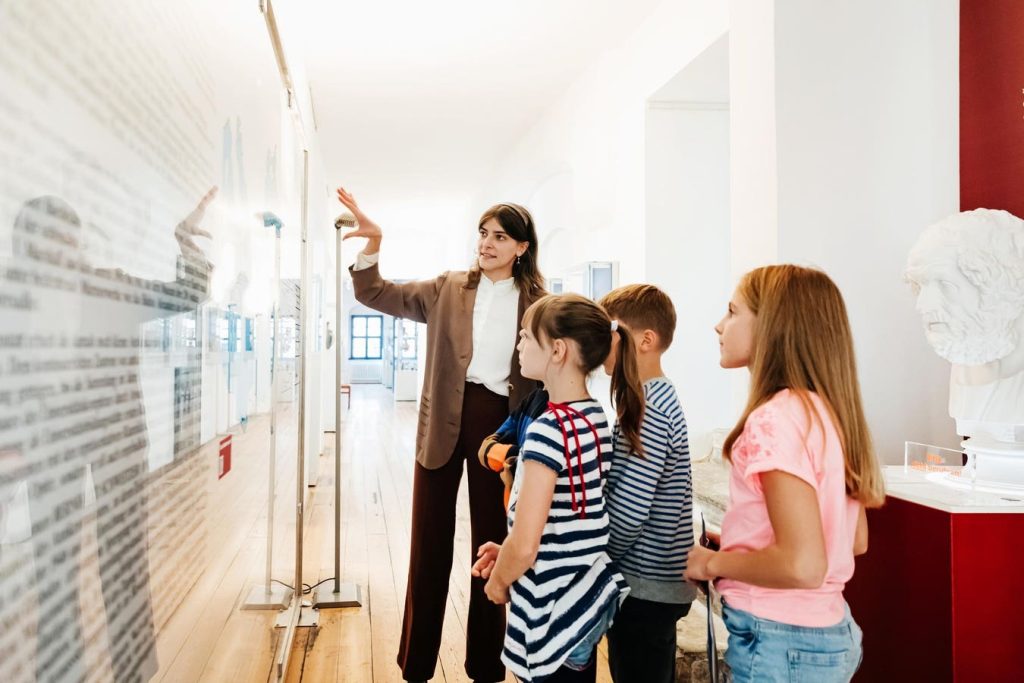Michele Y. Smith, the CEO of MoPOP, a museum in Seattle, is a mission-focused leader with experience in nonprofit business development. As museums are essential cultural institutions, they play a vital role in preserving history and inspiring the future. However, the history of museums is also tied to colonialism and cultural appropriation, leading to a necessary shift in focus towards community representation and inclusivity.
With more women being appointed to leadership roles in museums, the influence of female leadership cannot be ignored. Women bring a fresh perspective to museum leadership by challenging traditional hierarchies, fostering collaboration, and ensuring marginalized groups are represented. Women leaders advocate for inclusivity and representation within their museums while empowering staff and stakeholders through transparent communication and inclusive decision-making processes.
Directors in museums must champion diverse perspectives and prioritize inclusivity and representation. By adapting to the changing landscape and reflecting the diversity of their communities, leaders can create spaces where all visitors feel seen, heard, and valued. Female leaders in the museum space, such as Thelma Golden, María Inés Rodríguez, and Min Jung Kim, have contributed to fostering cultural understanding, championing inclusivity, and challenging historical narratives.
To champion inclusivity and representation, museum leaders can commit to diversity in exhibitions and programs, foster inclusive spaces, engage with community partners, prioritize inclusive hiring practices, and actively seek out and amplify the voices of marginalized communities. By taking intentional actions and collaborating with others, museum leaders can demonstrate a commitment to inclusivity and equity, creating a more inclusive and accessible cultural institution for future generations.
As leaders in cultural institutions, women can serve as mentors, role models, and advocates for future generations of diversity and inclusion. Through strategic planning and decision-making, today’s museum leaders, especially women, can steer museums towards a sustainable and forward-thinking future. By embracing diversity and inclusivity, museums can enrich the visitor experience and ensure relevance and accessibility to all members of society.















